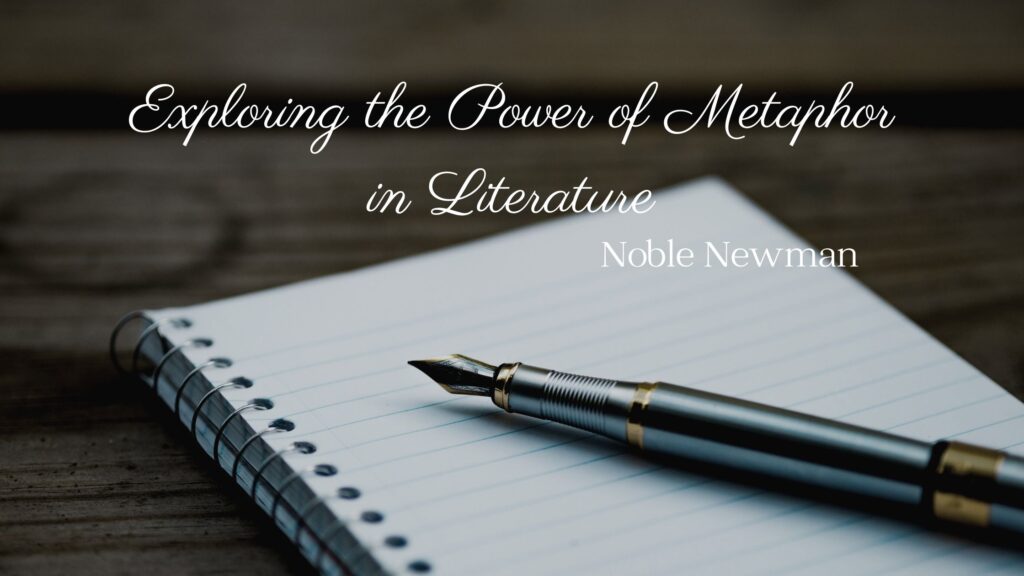Metaphor is a powerful literary device that enriches the language of literature and opens doors to deeper understanding and interpretation. It goes beyond the literal and allows writers to convey complex ideas, emotions, and experiences by drawing unexpected connections between disparate concepts.
In this exploration, we delve into the power of metaphor in literature and how it enhances the beauty and depth of literary works.
Metaphor Defined:
A metaphor is a figure of speech in which one thing is described in terms of another, suggesting a similarity or analogy between them. Unlike a simile, which uses “like” or “as” to make comparisons, a metaphor asserts that the two things being compared are the same.
Creating Vivid Imagery:
One of the primary functions of metaphor in literature is to create vivid and evocative imagery. Metaphors allow readers to visualize and experience abstract ideas or emotions through concrete and relatable comparisons. Consider Emily Dickinson’s metaphor in her poem “Hope is the thing with feathers,” which transforms the intangible concept of hope into a tangible image of a bird.
Conveying Complex Emotions:
Metaphors are also adept at conveying complex emotions. They provide a means for writers to encapsulate intricate feelings or states of mind that may be challenging to describe directly.
Layering Symbolism:
Metaphors often serve as symbols within literature, carrying deeper layers of meaning. These symbolic metaphors can be interpreted in various ways, adding richness and depth to the text. In George Orwell’s “Animal Farm,” the farm is a metaphor for a totalitarian society, while the pigs symbolize the ruling elite. The metaphoric elements of the story invite readers to explore themes of power, corruption, and social injustice.
Invoking Thought and Interpretation:
Metaphors are essential for inviting readers to engage in interpretation and critical thinking. They require readers to connect the dots between the comparison elements and uncover the intended meaning. This intellectual engagement stimulates discussions and different perspectives on a literary work.
Universal Appeal:
Metaphors possess universal appeal because they tap into shared human experiences and emotions. They transcend cultural and linguistic boundaries, resonating with readers from diverse backgrounds. For example, the metaphor of “time as a river” is understood and appreciated by people worldwide despite variations in language and culture.
Metaphors are the artists’ brushstrokes on the canvas of literature, painting intricate and imaginative pictures that captivate, provoke thought, and evoke emotion. They enable writers to communicate with depth, subtlety, and nuance, enhancing the power and beauty of literary works. Whether used to create vivid imagery, convey complex emotions, or invite interpretation, metaphors are an indispensable tool in the literary world, continually reminding us of the boundless creative possibilities of language.

